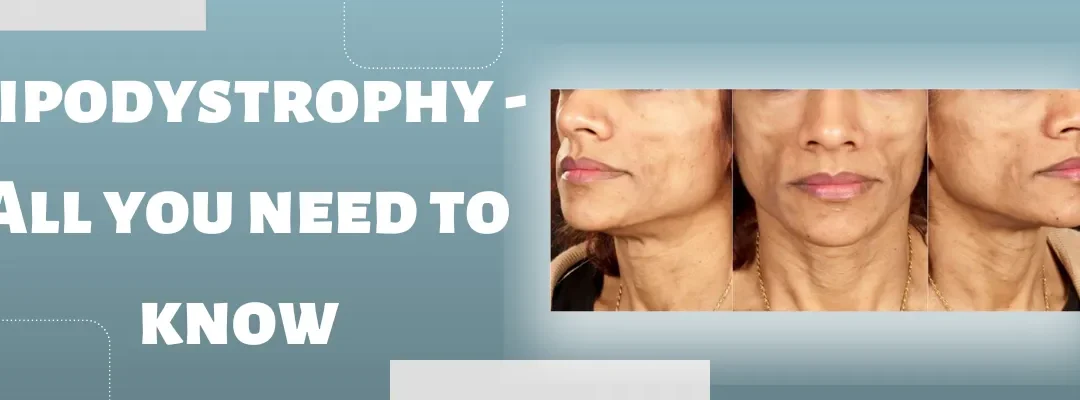Lipodystrophy is a condition that occurs when the content and/or distribution of the body’s adipose tissue (fat tissue) are abnormal. It primarily affects how your body stores and assembles fat. Various kinds of lipodystrophy result in different patterns of fat tissue loss or re-distribution in your body.
Two patterns noticed are:
- Lipoatrophy or fat loss
- Lipohypertrophy / lipomatosis or fat gain/deposits
Lipodystrophy affects the fat directly beneath your skin, which might alter your appearance. It may also result in further alterations to your body.
Dr. Leena Jain, a famous plastic surgeon in Mumbai, says that the condition can lead to a number of severe health complications, including insulin resistance, diabetes, and heart disease. Early diagnosis and treatment are essential to managing the condition and preventing health problems.
If you or a loved one is noticing changes in your body that may appear to be symptoms of this condition, it is crucial that you get in touch with a highly knowledgeable plastic surgeon like Dr. Leena Jain.
What are the symptoms of lipodystrophy?
The symptoms of lipodystrophy vary depending on the type of lipodystrophy. In general, the symptoms include the loss of fat from the body, weight loss, and insulin resistance.
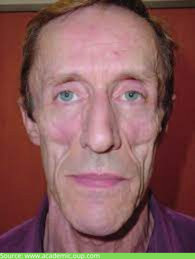
The 2 main symptoms of this condition are:
- Fat loss
Fat loss due to lipodystrophy is usually seen in the facial features, especially the cheeks, where the fat loss causes your cheeks to sink in. This is LIPOATROPHY
- Fat gain
Fat gain is seen at the nape of the neck, where excess fat deposits cause you to develop a deformity that resembles a buffalo hump (BH).
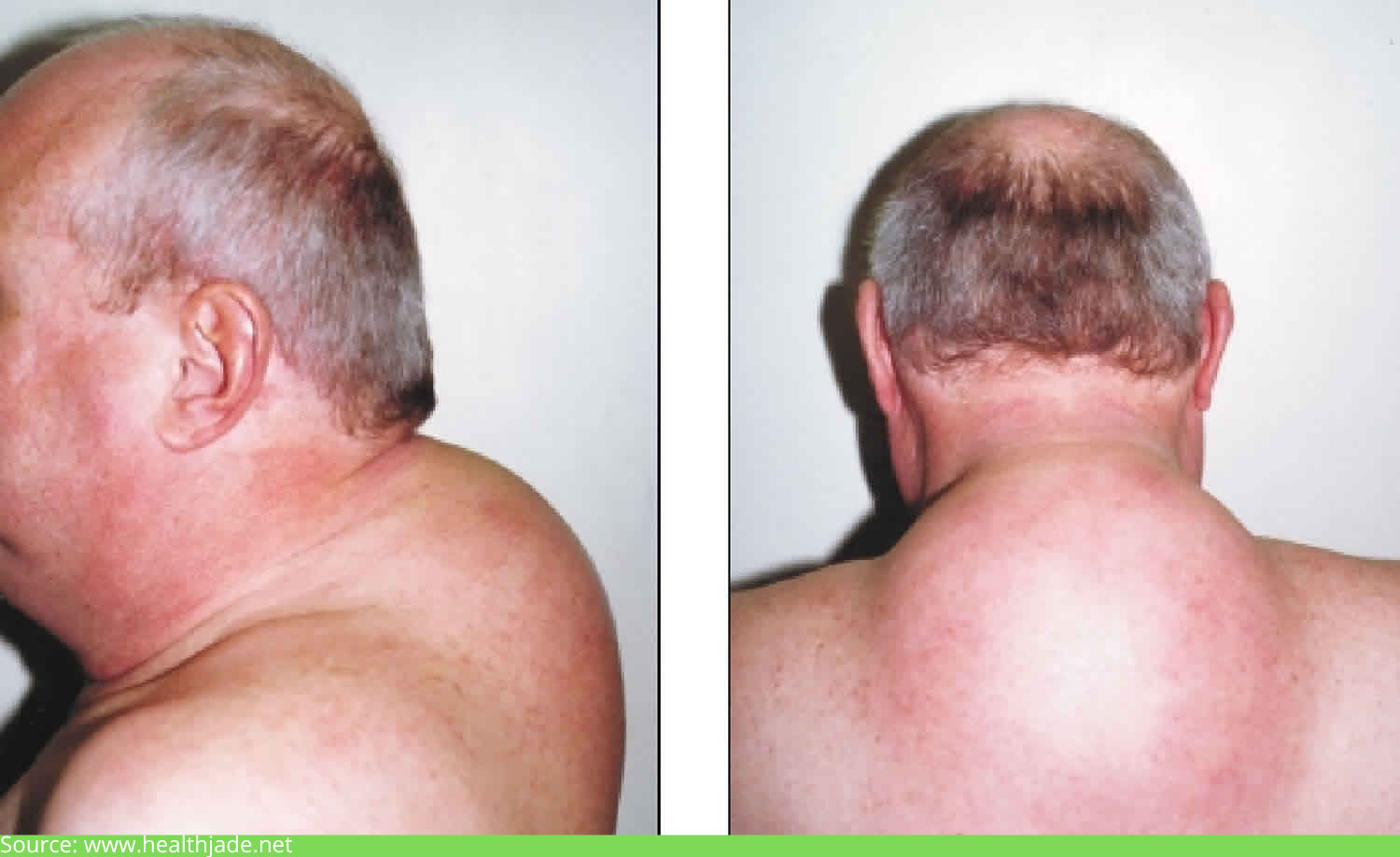
Or the excess fat deposits in the neck area below your chin and cheeks, causing a bullfrog neck appearance.
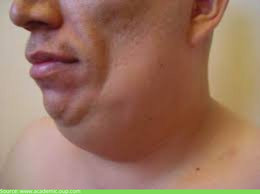
It can also cause excess fat deposits on hips and thighs, especially seen in females.
This condition is called LIPOHYPERTROPHY/ LIPOMATOSIS
If left untreated, lipodystrophy can lead to several serious health complications, including diabetes, high cholesterol, fatty liver disease, and heart disease.
If you suspect that you may have symptoms of lipodystrophy, please get in touch with Dr. Leena Jain, an accomplished plastic and reconstructive surgeon in Mumbai, for an effective treatment.
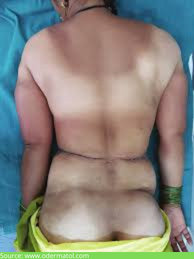
What are the causes of lipodystrophy?
There is no one-size-fits-all answer to this question as the underlying causes of lipodystrophy can vary from person to person. However, some possible causes of these conditions could include specific medical treatments or medications (such as hormone therapy or insulin, anti-HIV medicines), certain viral infections (such as HIV), or genetic factors and is known to run in families.
Conditions where there is atrophy is usually drug related or can be a part of syndromes like Rombergs’ disease.
.
Lipodystrophy can be partial or total.
- In partial lipodystrophy, only certain areas of the body are affected by the loss or gain of fat. Even while a little dimple from localized lipodystrophy could seem strange, nothing else is likely to be affected by it.
- In total lipodystrophy, the entire body is affected.
The condition can also be acquired or inherited.
Acquired lipodystrophy is more common and can be caused by certain medications, medical conditions, or weight-loss surgery. Inherited lipodystrophy is less common and is caused by a genetic disorder.
Dr. Leena Jain, an eminent plastic surgeon in Bandra, says that some HIV-positive patients can develop lipodystrophy (LD-HIV). The disease itself or the medications patients take might be to blame.
How is lipodystrophy diagnosed?
Lipodystrophy is typically diagnosed based on the symptoms. A physical exam, blood tests, and imaging tests may also be used to analyze the condition.
At our clinic, Vasudhan Cosmetic Plastic Surgery Centre, often regarded as the best plastic surgery clinic in Bandra, Mumbai, Dr. Leena Jain will evaluate your condition by a thorough physical examination.
She may additionally search for any pattern in the fat loss by:
- measures of skinfold thickness to determine how much fat thickness accumulated valuating bone mineral density with the help of a specialized X-ray
- a specialized whole-body MRI that produces images of fat-containing tissues using strong. MRI in some cases of isolated fat deposits
How is lipodystrophy treated?
Firstly, the offending agent like a drug causing lipodystrophy needs to be stopped. Both types of lipodystrophy are treated surgically.
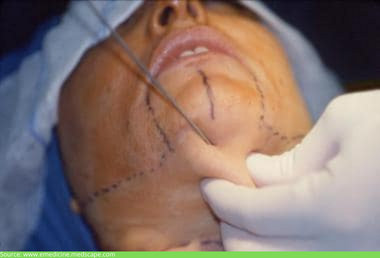
- Fat loss- treated by fat grafting surgery, where fat is taken from your thigh or abdomen surgically, converted into liquid form and then injected into the areas with fat atrophy.
- Fat deposit- treated by liposuction surgery, where excess deposited fat is removed using suction.
- Liposuction is a surgical procedure that removes fat from the body by suction. A small, hollow tube called a cannula is inserted through a tiny incision in the skin and used to break up the fat cells and suction them out of the body.
If you are seeking treatment for lipodystrophy, please meet Dr. Leena Jain; she is an expert plastic surgeon with over 7 years of experience in plastic and reconstructive surgery.
Conclusion
Care, patience, and compassion are equally as crucial as medications because lipodystrophy impacts your appearance. Keep an eye on your child’s health if they have this condition, and provide them with your support.
Lipodystrophy can also cause other complications, such as osteoporosis, trouble sleeping due to breathing problems like sleep apnea, and psychological problems, such as depression and anxiety, leading to social isolation and body image issues.
Seeking medical help at the earliest is crucial.
Please do not prolong any longer; schedule an appointment with Dr. Leena Jain at PLASTIKOS CLINIC, a Plastic Surgery Centre, provides state-of-the-art solution solutions for all plastic surgery problems in Mumbai.
She is a top-notch plastic and reconstructive surgeon in Bandra, Mumbai, and is highly renowned for her safe and reliable treatments

